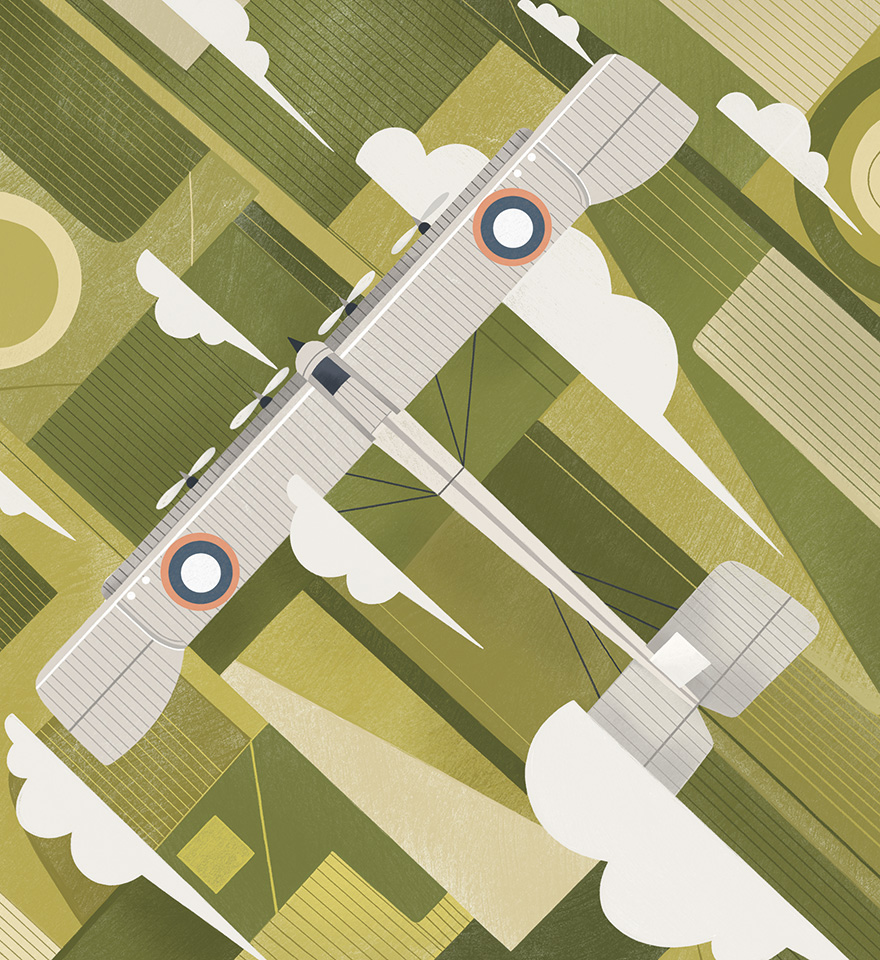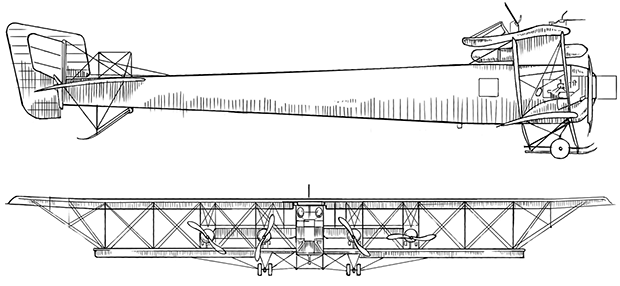SikorskyIgor
June 6, 1889, Kyiv, Russian Empire (now Ukraine) —
October 26, 1972, Easton, Connecticut, USA
Multi-engine aircraft
It’s more or less possible to imagine like flocks of birds getting into the turbines of aircraft can cause plane crashes, but that it was caused by a mosquito... By the way, it has happened in October 1911 and even with the plane flown by Igor Sikorsky.

The first two attempts by twenty-year-old Sikorsky to lift into the sky helicopters of his own design failed. Many years later he mentioned: “The first device could not lift even itself into the air, the second was able to lift itself, but not me”. This is not surprising, at that time there were simply no engines of the required power. Only in 30 years Sikorsky designed and built the world’s first helicopter. He not only lifted the helicopter into the sky, but also made a guided flight on it.
And then, in the early twentieth century he became interested in the construction of aircraft. The Wright Brothers made the first controlled flight with the Wright Flyer on December 1903. Hundreds of engineers around the world worked on aircraft of their own design because they were inspired by Wright Brothers’ success. Sikorsky hardly studied at the Kiev Polytechnic Institute. Together with Fyodor Bylinkin who agreed to finance the project they assembled a team of six students and three staff members and they started to work at the hangar in the Kurenivsky wasteland. True, the hangar was more like a hastily built barn, but what did it matter when the plane was assembled in it.
In 1910 he built the plane
Sikorsky decided to make several demonstration flights over Bila Tserkva in early October, immediately after the victory in the first week of aviation, organized by the Kiev Society of Aeronautics. On October 5, he easily took off from the city racetrack and suddenly, at a height of 50 meters in a biplane, the engine failed. There were houses around and there was a railway station in front of. Sikorsky landed the plane on a free section of tracks, only 60 meters long, between freight trains. To reduce the airplane mileage during landing, Sikorsky deliberately directed it at an angle to demolish the landing gear and avoid a head-on collision. Although the
Examining the biplane, he was surprised at first, because the engine seemed to be quite working. Then he decided to see if everything was ok with the fuel system, and to his surprise found that the jet — a device for metered fuel supply — got a mosquito, so the fuel stopped flowing into the combustion chamber of the engine.
This accident led Sikorski to think that one engine was not enough. In the same year he began to work on the design of the aircraft, which he called Le Grand (“Great”). It was assembled in the aviation workshop of the Russian-Baltic Carriage Plant in St. Petersburg and Sikorsky was the chief designer at the time. Initially it was planned to install two engines on the new biplane. But for an aircraft of this size, weighing more than three tons, their capacity was not enough. To make the biplane plane, as Sikorsky dreamed, four engines were installed. Few believed that such a heavy aircraft would take off the ground at all, but in a few months in 1913 it made more than 50 flights and set a world record for the duration of the flight — 1 hour 54 minutes.
Sikorsky's “Ilya Muromets”

The length of the plane: 19,0 m
The scope of the upper wing of the aircraft: 30,95 m
Wings area: 150,0 m²
Weight of empty aircraft: 3 040 kg
Take-off weight: 4 650 kg
Engine power: 2×140 + 2×125 horsepower
Maximum speed: 100 km/h
Cruising speed: 85 km/h
Practical range: 500 km
Practical ceiling: 3 000 m
Crew of persons: 5–6 passengers
The plane would have continued to fly if during one of the competitions from the plane that flew over it the engine did not fall. Le Grand was badly damaged, and Sikorski decided not to repair it because he was already working on the construction of a new, more perfect “Ilya Muromets”.
Initially, “Ilya Muromets” became the first passenger plane, and not some economy class. There was a restaurant, a bathroom, a toilet and a bedroom on board the biplane. Electric generators and a heating system worked. If desired, passengers could admire the views from the windows or go to specially equipped balconies. But the First World War was approaching, and the military became interested in it. The design was modified, and it soon became the world’s first mass-produced bomber.
Emigrating soon to the United States, Sikorsky continued to build aircraft and did so well that he founded “Sikorsky Aircraft” and today this company is one of the leading manufacturers of aircraft and helicopters.